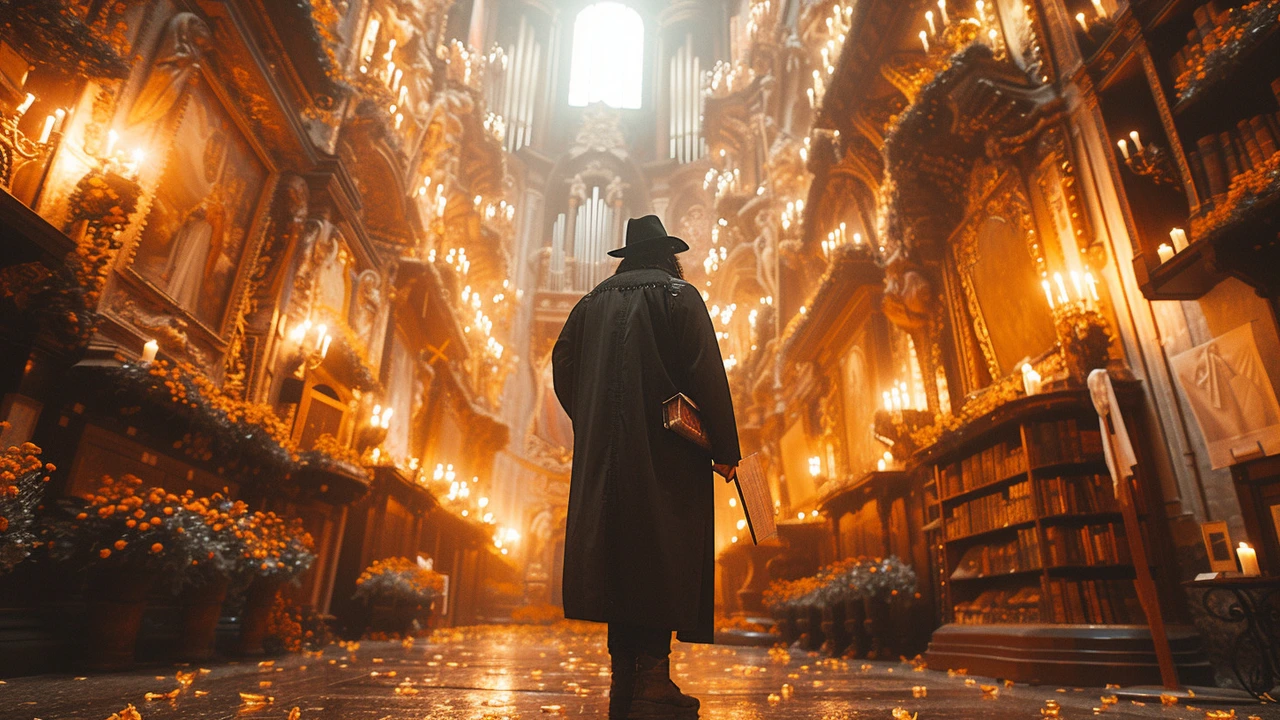Hey there! This blog post sheds light on Rococo, a style in art and architecture that's much more than just frills and flourishes. We'll dive into the rich history of this style, examine its evolution, and explore how its influences persist in modern designs today. It's a fascinating journey into our cultural past that I believe you'll enjoy just as much as I enjoyed writing it for you.
Cultural History in Architecture: Stories Built into Walls
Cultural history in architecture shows who we were, what we valued, and how people lived. When you look at a column, a façade, or a street layout you can read trade routes, religious shifts, and daily life. This tag gathers pieces that explain those stories clearly, without jargon.
Start by using this page as a map. Look for articles on big movements—Renaissance, Baroque, Greek Revival, Beaux‑Arts—and on focused topics like Ancient Roman techniques or Colonial buildings. Each post breaks down the style, the people behind it, and what to look for when you visit. If you want a quick pick, check the pieces about Colonial Architecture and Renaissance Architecture to see how style and power mix.
Want to spot cultural signals on your next walk? Watch for symmetry, materials, ornament, and scale. Symmetry and classical columns often point to Renaissance or Greek Revival ideas. Heavy ornament and dramatic curves usually mean Baroque. Local materials and modified European forms often mark colonial adaptation. These clues help you read a building fast and make visits more interesting.
Preservation is part of the story. Buildings survive when communities value them. Read articles about preservation—like why Greek Revival matters or how Beaux‑Arts shaped cities—to learn what gets saved and why. That knowledge helps you support preservation efforts and understand debates about renovation versus historical integrity.
This tag also covers modern reactions to history. Movements like Constructivism or Neo‑Futurism respond to earlier styles by rejecting or transforming them. Articles on Constructivist Architecture and Neo‑Futurism show how politics, technology, and new materials reshape form. If you're curious about how the past becomes inspiration, these posts give clear examples and comparisons.
Use these posts for practical tips too. Want to photograph historic details? Read pieces that point out key elements like cornices, arch types, or window styles. Thinking of remodeling a period home? Find actionable advice in our Greek Revival or American Craftsman articles. Want a short history you can share with friends? The Renaissance history and Roman techniques posts give tight, memorable facts.
If you teach or lead a tour, this tag saves prep time. Pick articles that match your city’s mix—Georgian for colonial American towns, Mediterranean Revival for sun‑belt neighborhoods, or High‑Tech for contemporary skylines. Each post gives context, visual cues, and talking points you can use on site.
Keep exploring. Cultural history isn’t static—buildings get reused, styles return, and meanings change. Use this tag to follow those shifts, compare examples, and learn to read buildings the way a local would. Happy exploring.
Quick plan: pick three short reads—one ancient, one revival, one modern. Read Ancient Roman Architecture Techniques to understand structure, Colonial Architecture for cultural mixing, and Neo‑Futurism to see future-facing design. Bring a notebook, sketch key shapes, take photos of details, note materials and scale. Compare what you find with the articles here. Over a few walks you’ll see patterns and start recognizing cultural layers faster.
Share your finds on social media or in comments here—other readers love real-world photos and quick notes.

